As research has shown, the changes accompanied by the time change in the summer and then again in the winter are not that insignificant to the body. Effectively, switching our inner clock is pretty difficult. The changing of the clocks is like a mini jet lag, which affects our sleep and well-being. A German research team (Kantermann et al) involved 55,000 people in his study and, among other things, surveyed them on their sleeping patterns.
One of the results of the study was that, on days off work, e.g. on the weekend, orients itself according to the crack of dawn at the normal time (i.e. as is the case in autumn and winter), rather than according to daylight saving time. When we set our clocks back by an hour, it interrupts the relationship between internal and external clock. This is like a trip into a time zone with one hour difference. This causes symptoms that are typical to jet lag: reduced sleep duration, disturbed quality of sleep, daytime sleepiness and impairment of our performance.
Finnish researchers also took up the theme and studied a group of 10 persons for 10 days around the time of the switching to daylight saving time in two consecutive years. It turned out that the switching to daylight saving time reduced the sleep duration by an hour and sleep quality by 10%. Interestingly, the time change to summer time has a different effect than the change to the normal time in autumn, depending on which chronotype one is: rather an early riser or a late riser. Early risers have more difficulties with the transition in autumn, while late risers rather suffer from the transition to daylight saving time. This result was also reflected in the Kantermann study.
At least there are a few useful tips based on the effects of light at certain times of the day, which can facilitate the time shift:
1. Try going to bed a little earlier during the week leading to the time change. Even a few minutes per day can compensate for the one hour you lose due to the shift.
2. Avoid exposing yourself to daylight on the evenings preceding the shift to daylight saving time, as daylight steers your internal clock in the wrong direction, i.e. back to daytime.
3. Soak up as much daylight on the mornings of the days following the time change. This helps you adjust your body clock to daytime.
4. If you feel tired on days following the shift to summer time, take walks and fuel up on daylight, rather than taking a nap or too much caffeine.
Wellnessproducts > Light therapy
What purpose does switching to daylight savings time (DST) really serve?Savings were the original reasons behind the idea to set the clocks an hour early in spring. The winter time actually corresponds to normal time. The switching to summer time is also called switching to 'DST' - daylight saving time. Because making the days longer in this artificial way helps us use less energy. In recent times, however, more people are beginning to seriously question the switch to DST. Because the consequences of the time change on our well-being have long concerned us.
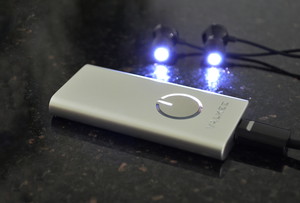 Published on 17.09. by Thomas Toernell 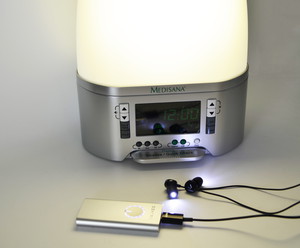 Means and methods of compensating for the darkness in winter Means and methods of compensating for the darkness in winterThe problem of shorter days and longer nights in winter is no longer a mere personal problem some small number of people experience. Lack of daylight during the dark winter months has been shown to lead to certain symptoms of winter depression, which in turn affect work performance. Municipalities in the northern hemisphere have now also begun striving for solutions on how to address the lack of sunlight. 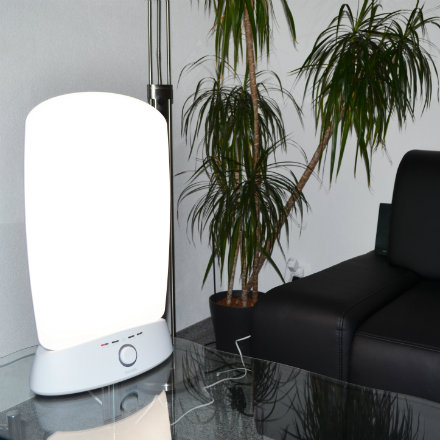 Light therapy Light therapyDo rainy days or the dark winter months leave you feeling a bit gloomy? Try using a light therapy machine to add some natural light to your life - revitalizing and reenergizing your mood. 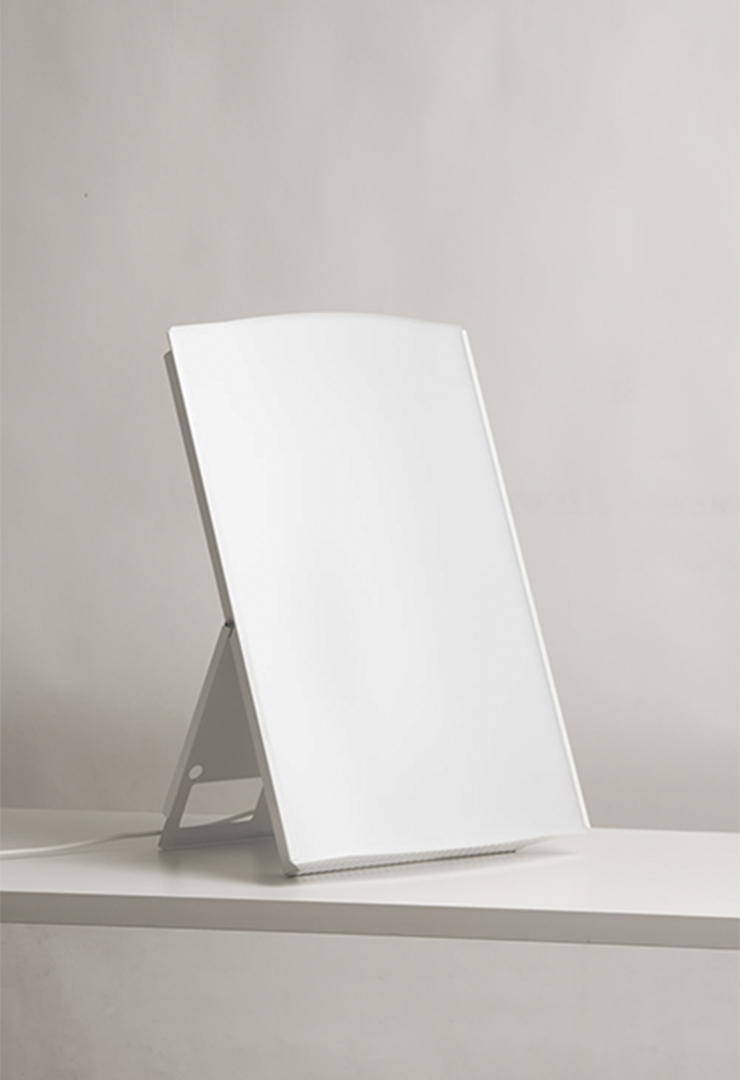 Innosol Supernova LED bright light, 160W LED , CHF 599.00 Innosol Supernova LED bright light, 160W LED , CHF 599.00With dimmer, 10.000 lux at 85 cm distance, 160W LED, 63.5 x 40.5 x 11 cm |
- FREE DELIVERY (ECONOMY)
- Safe shopping: Payment with invoice, credit card, Paypal or Postfinance
- Warehouse in Switzerland (Widnau SG)


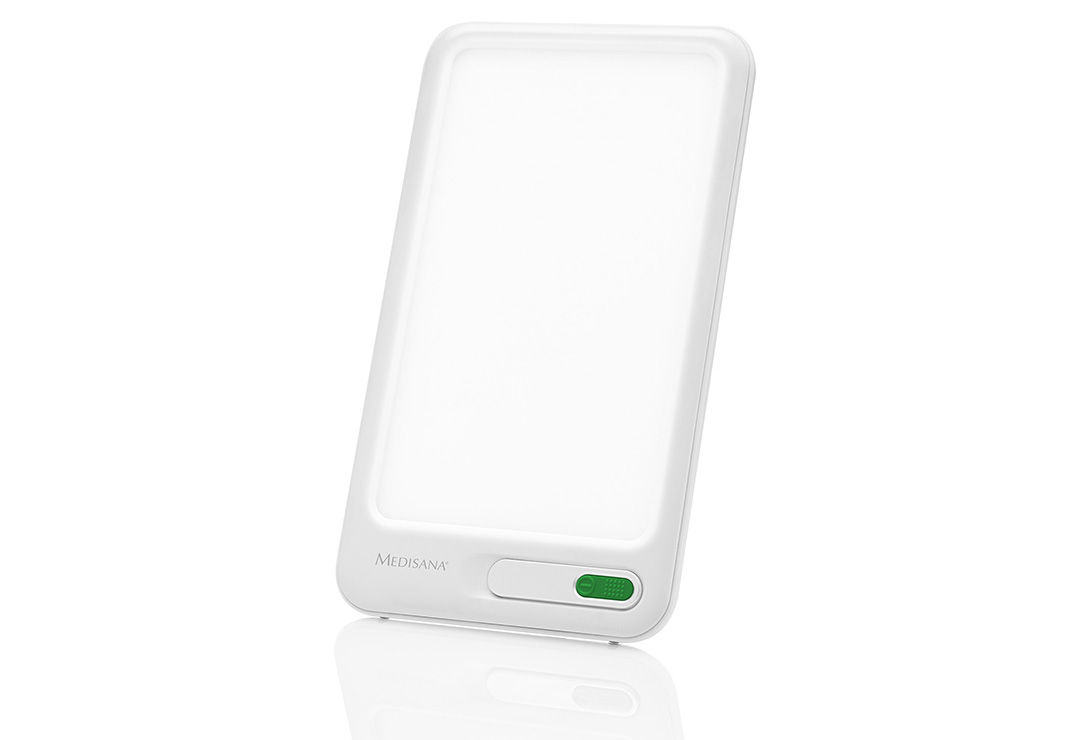 Daylight Lamp Medisana LT 460, 26 x 15 x 2 cm, CHF 69.00
Daylight Lamp Medisana LT 460, 26 x 15 x 2 cm, CHF 69.00